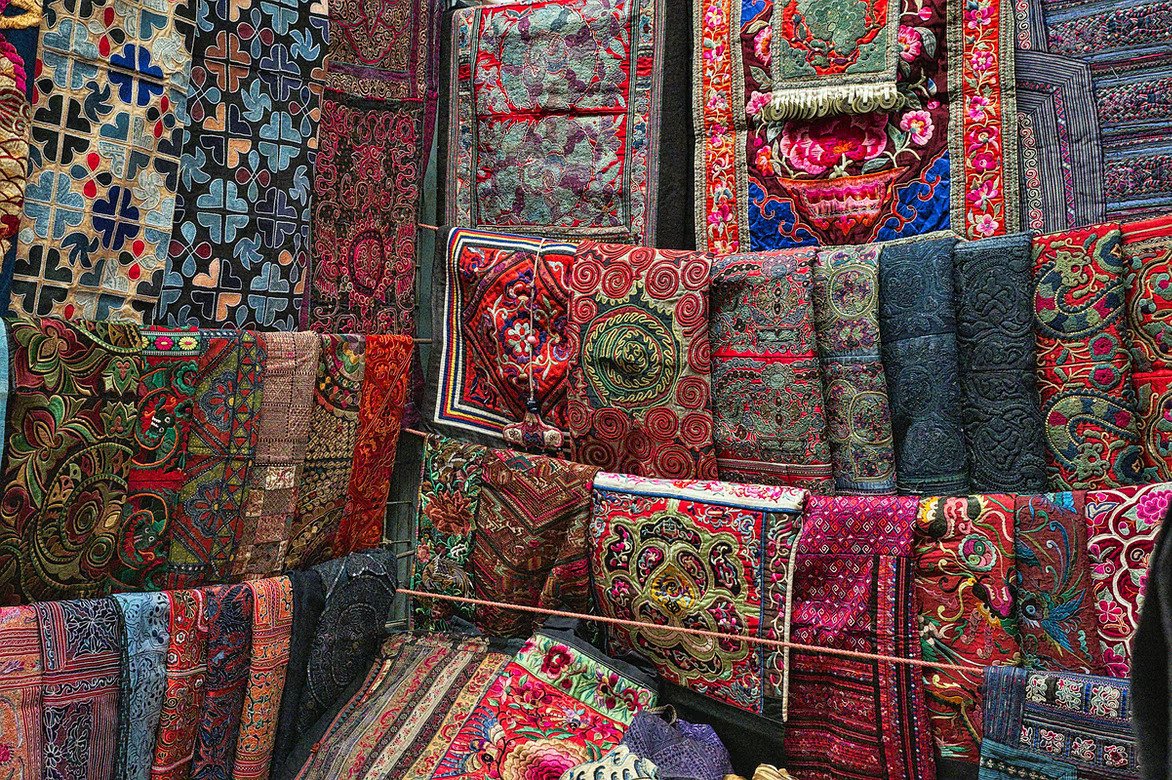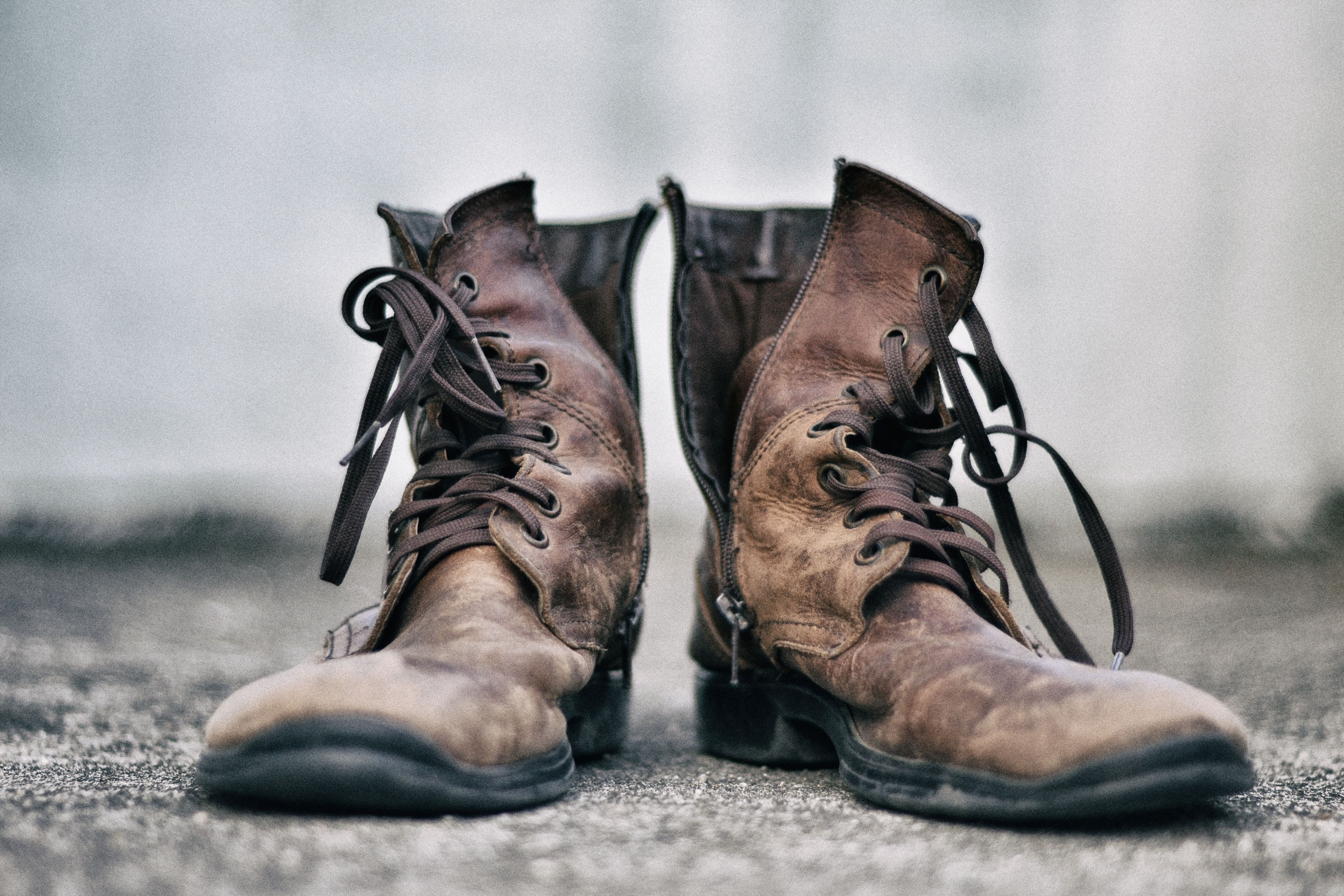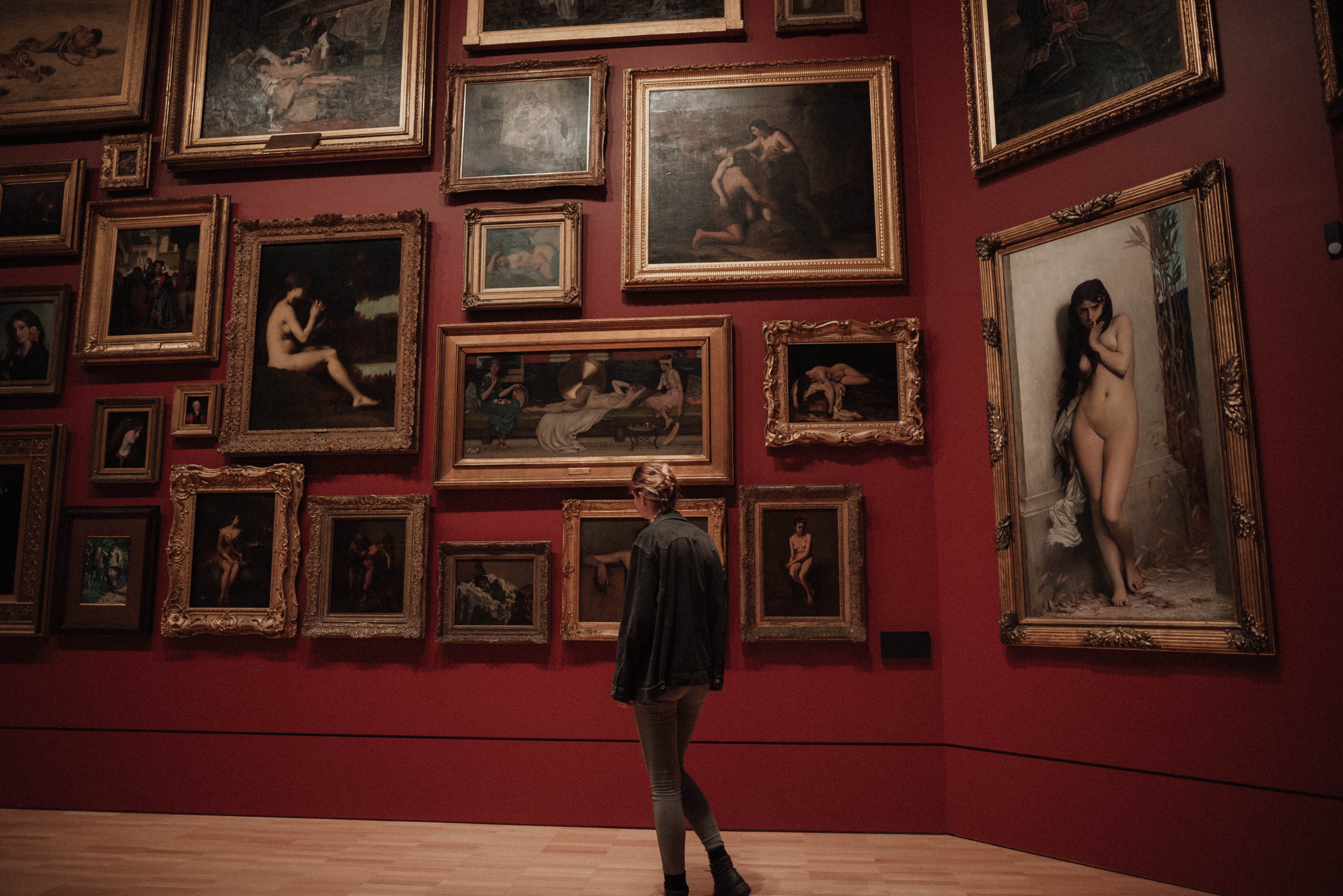Shaman
A Healing Ritual

Rattling bones and symbols in a bag.
Throw them and see where they fall.
Throaty chants.
A crooked post draped by patchy cultural canvas.
A crimson and purple tent dimly lit.
A ceremony, a ritual, a healing.
The Shaman has their ways, but gives nothing away.
Pulling the leg.
Pressing the spine.
Rubbing the skin.
Measuring the movements.
Watching the breath.
Aligning the bones.
Applying their magic.
A ceremony, a performance.
The therapist has their ways but won’t give away their magic.
A different time, a different people, a different culture, a different disease, a different healing.
“We can cut it out,
we can click it in,
we can zap it away,
we can stretch it out,
we can activate it,
we can realign it,
we can strengthen it,
we can habituate,
we can expose,
we can educate it away”
We can meditate ourselves into catatonia.
Suffering is our relationship to pain.
“No, this does work!!
Everything works?
Nothing works?”
*Whispers “what am I doing?”
Lump in my throat. “I’ll get found out soon”.
Just keep moving.
“Your pain can go away. No. Sorry. I mean it can’t.”
“Accept your pain.”
“Meditate.”
Don’t look so clueless. You are a professional.
Clears throat, “Both. Do both. Reduce your pain and also stop worrying about it changing.”
Do both?
My feet are heavy with apathy, my eyes bloodshot with fatigue, nihilism rests damp on my feverish forehead while I slump in my arm chair and think.
We are the new shaman.
What if I see the stage, the audience?
What is a chess piece when not on a chess board?
What if I see bones and trinquets as just bones and trinquets?
Do I have to believe it for it to work?
Once I’ve seen it can I unsee it? please.
Stand up and press your face up against the crimson and purple.
It is a thin veil.
“Sit down!”
“Sorry.”
Inconspicuously cut a slit in the tent and let some free and windy chaos in.
Push the post over.
Feel the heat.
Maybe you don’t need a tent.
Wear it on your head like a Keffiyeh.
You are the movement across the territory. Become nomadic.





Comments
Nothing yet.